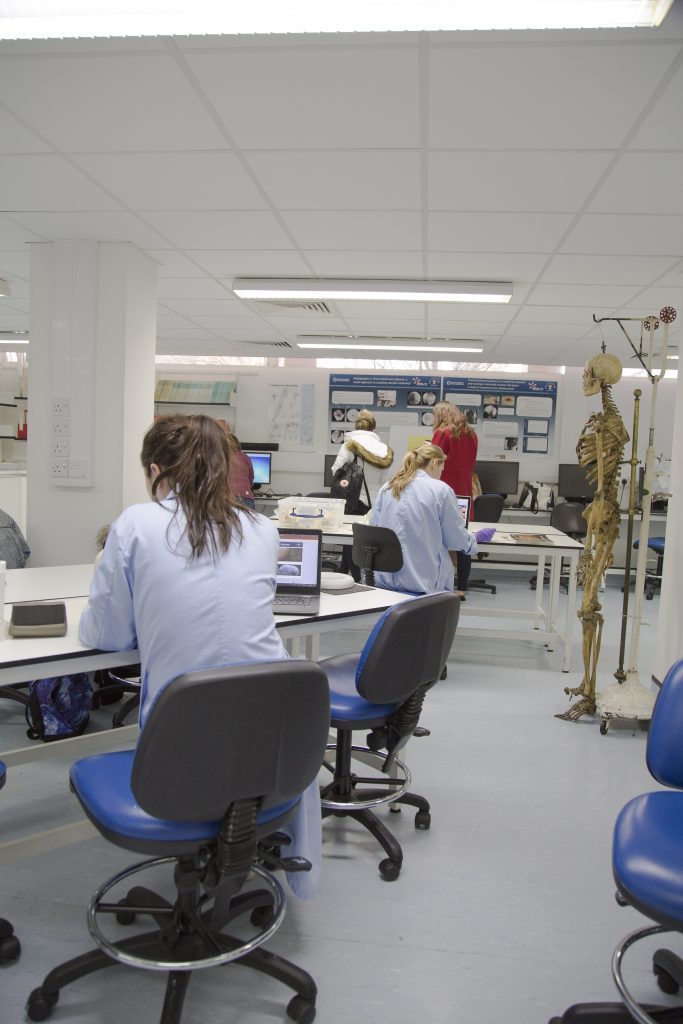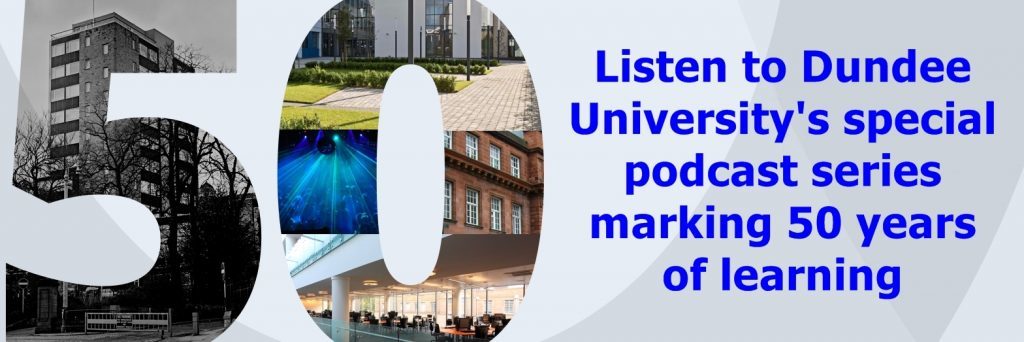We live in a world that is changing fast, where technological advances occur with increasing rapidity, and where standing still is tantamount to moving backwards.
Many entities strive to keep abreast of change, and even to stay ahead of developments, but the best of these retain their links with the past and never allow themselves to forget their history and their reason for existence.
The University of Dundee’s Centre for Anatomy and Human Identification (CAHID) is just such a place.
The Department of Anatomy in Dundee is one of the oldest in the University, having been conferred through an endowment by the Cox family in 1888. The twenty-six year old Andrew Paterson was appointed its first professor. Anatomy immediately became an important and integral part of the University College’s initial aim of preparing students for examination through teaching and research, and to bring benefit to the City of Dundee; CAHID does this, and much more, today.
CAHID’s latest development, The Leverhulme Centre for Forensic Science, was opened by HM The Queen on 6th July 2016. It perfectly exemplifies the links with tradition because it is aptly housed in the heart of the oldest part of campus in the building which was once the Fleming Gymnasium of 1905. This addition to the forensic science facility raises the bar in the standards of techniques, thereby supporting the nation’s judicial system and reinforcing The University of Dundee’s ranking as number one in the UK for forensic science, based on the work of the CAHID.
Professor Sue Black leads CAHID and takes pride in the fact that it is one of the world’s foremost institutions for the study and application of human anatomy, forensic human identification, disaster victim identification, forensic science research and forensic and medical art. In recognition of her services she received a Damehood in The Queen’s 90th Birthday Honours List to add to her earlier OBE, and while the University, and indeed the whole city, bask in this award to one of their ‘own’, Professor Black is at pains to insist that the award comes on the back of the efforts of her whole department and her remarkable colleagues.
Another of the recent developments which sets Dundee apart is in Human Anatomy, and CAHID’s move to a different embalming technique. Dundee became the first in the UK to introduce the Thiel soft-fix approach to embalming, and research through this new method has resulted in new and improved surgical devices. The switch to this method entailed the building of a new mortuary, and, in helping to fund this, this assistance of some of the nation’s best crime writers was sought – this was fitting as many of these writers have used knowledge gleaned from CAHID to ‘flesh out’ their stories. The new mortuary is named after Val McDermid, and the Dissection Room after Stuart McBride, in gratitude for their extensive support. The department, which, back in 1889, almost certainly received the body of the last man to be hanged in Dundee, still provides students of Anatomy, Dentistry, Medicine and Forensic Anthropology with the vital opportunity to work on the human cadaver.
CAHID was awarded the Queen’s Anniversary Prize for Higher Education 2014 and this hugely prestigious award again brought renown and pride to the University and to the city.
Hands identification, innovative fingerprinting, and a new generation of lifesaving smoke alarms, are amongst many developments pioneered by a department which receives over 400 forensic enquiries every year from police forces across the UK and further afield. ‘Standing still’ is not an option for CAHID – not when it’s run by its dedicated team of professionals.










